How does one get the shot? In my case my goal is to photography the Milky Way just a few thousand feet from the Canadian Border of Minnesota in the BWCA. The answer to the question is “advanced planning’. While I have never been in the exact location where I intend to visit late tonight, I have seen it “in my mind” and using online tools. Today’s post will walk you through the thought process behind my planned photograph. Tomorrow’s post will show you the result … good or bad. (see the results!)
My tools for this planning session are Google Maps (normal and satellite view), the Android App PlanIt Pro, and a Lunar Moon Phase App.
First … a screenshot of Google Maps Satellite View. I am located at the red pin maker.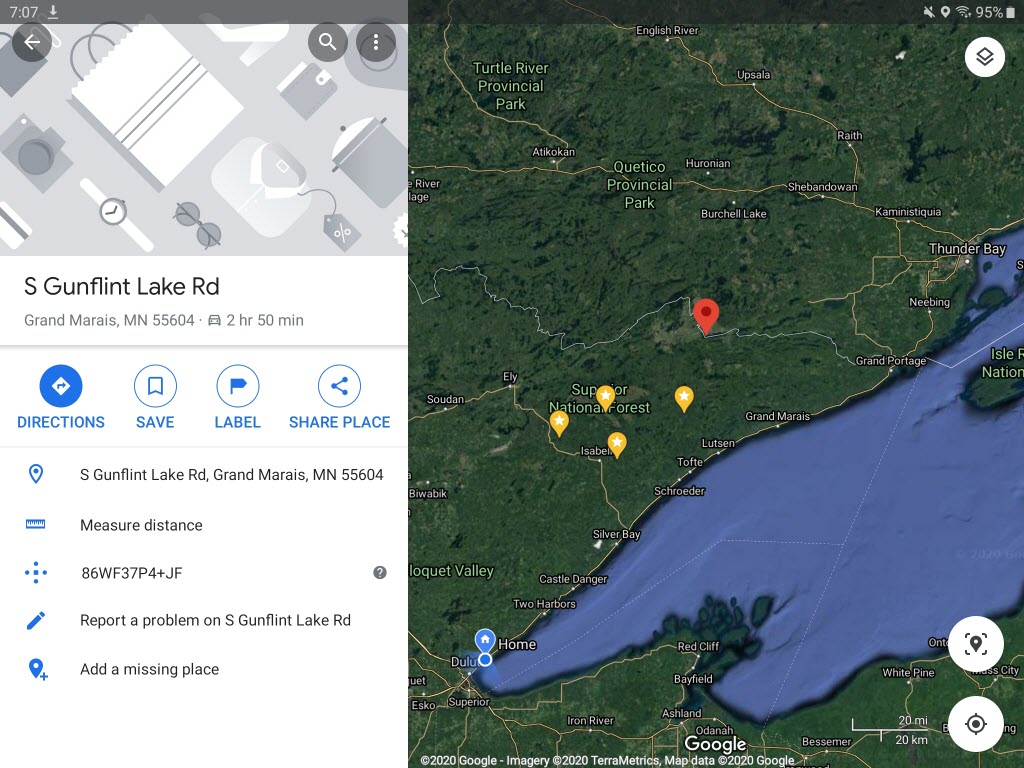
Still using Google Maps, I zoom in using Satellite View. While I am staying at Gunflint Pines, I know the Milky Way is in the SW sky this time of year. For my photograph I want water, preferably calm water for reflected stars. Using Google Maps I zoom in and out looking for views to the southwest.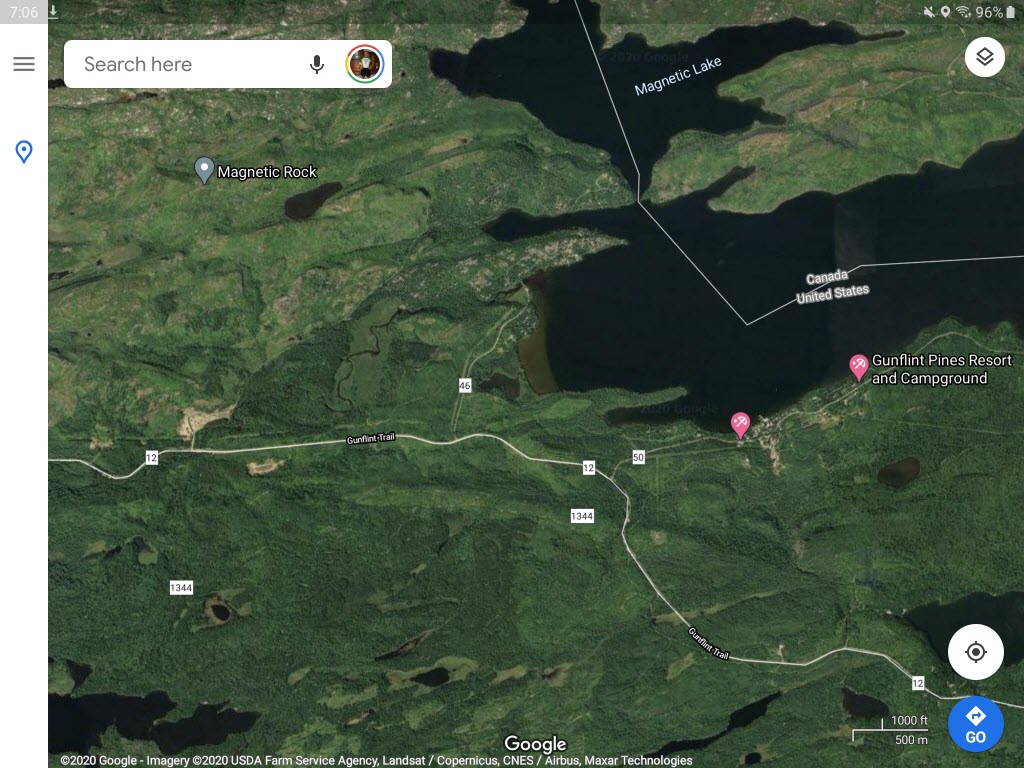
My Android App notes the skies where I am located at truly dark … a number 1 rating.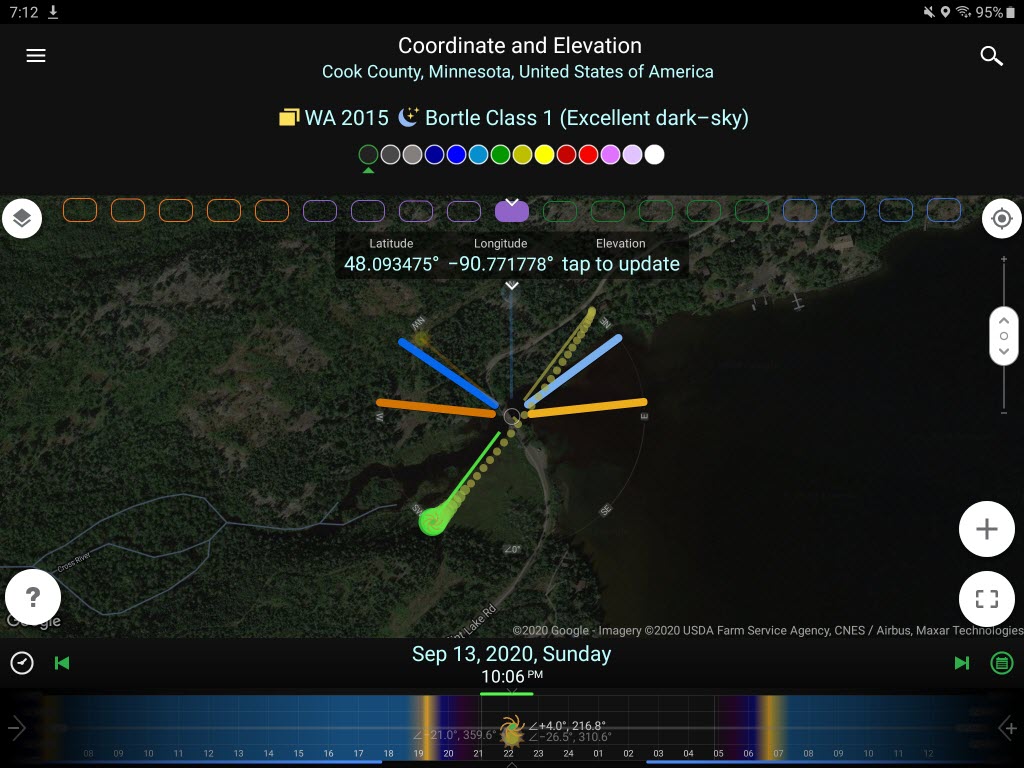
My research via Google Maps found the Cross River at its outlet from Gunflint Lake. Further research via PlanIt Pro gives me the exact location of the Milky Way at 10:06 pm … about 2 hours and 20 minutes after sunset. Normally, true darkness starts two hours after sundown. This location looks to give me water for reflected stars, and protection from any wind. We shall see. Remember … although I have spent a reasonable amount of time on the Gunflint Trail over the years, I have never been to this exact location.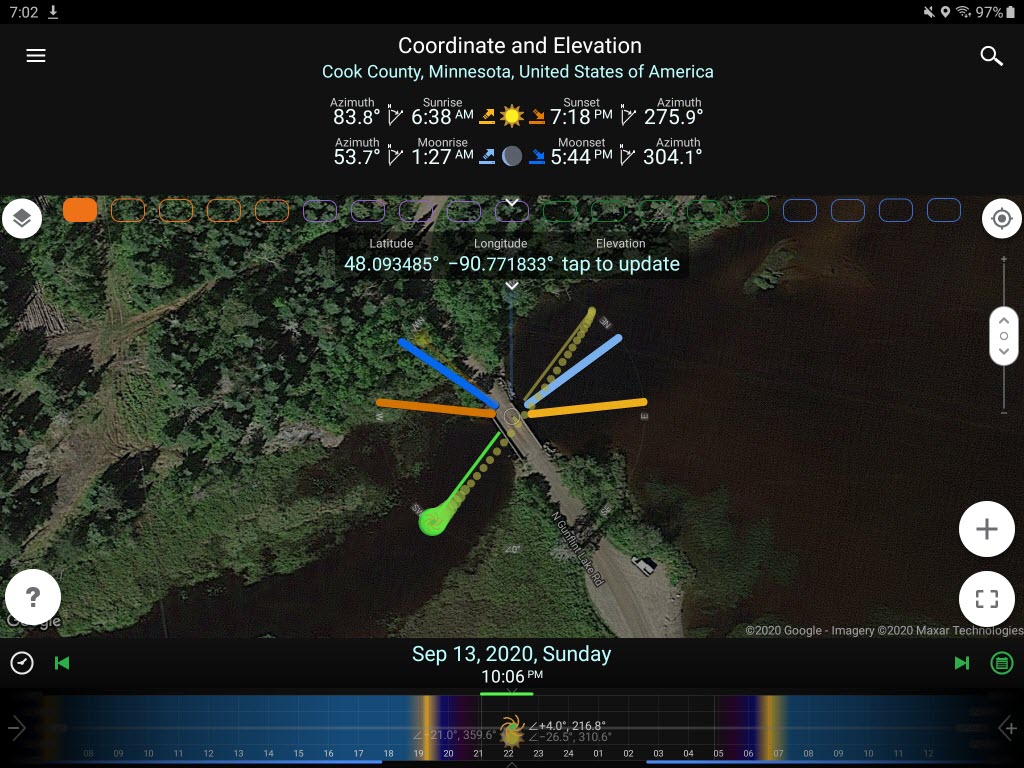
Just providing a more zoomed out screenshot which will help folks better understand my location.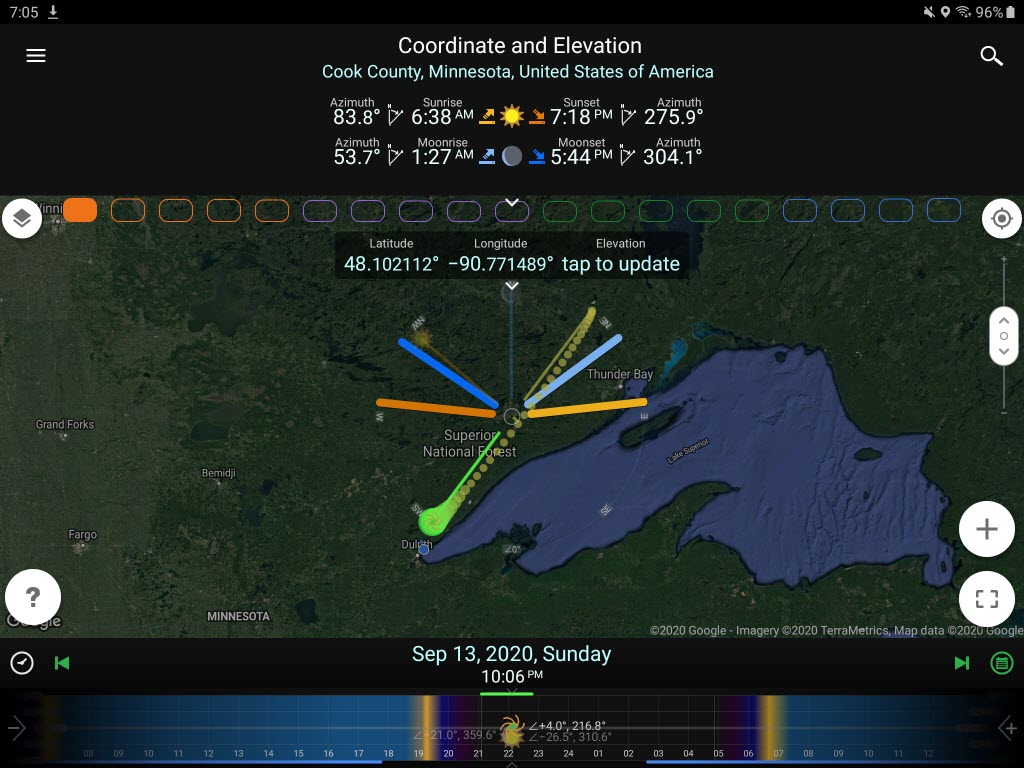
Finally a quick check of the Lunar Phases Map. The moon will not be an issue at 10:15 pm, and really all night … 21% illumination is not too much.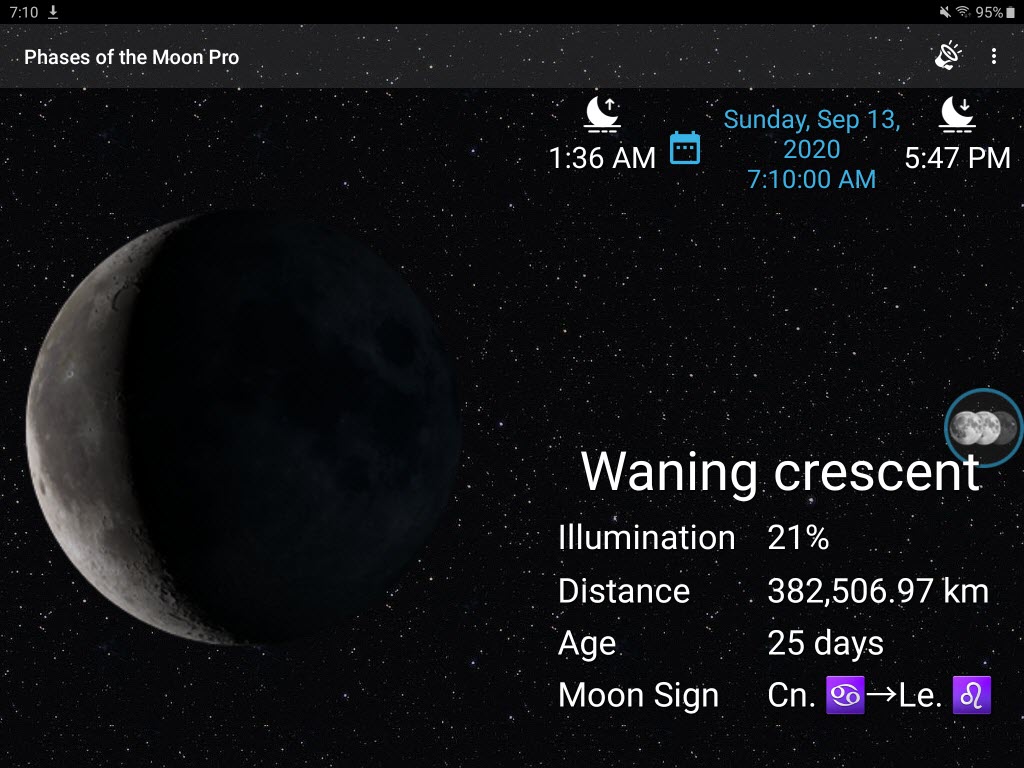
Anyhow … you now have an idea of my advanced planning which goes into tonight’s Milky Way photograph. Results tomorrow!
Oh yes … this is a blog about birds! I found one of my Great Horned Owls this morning about 7 am. For the past two weeks I had not been able to find any of the owls, nor have I heard the youngsters begging at night (was an almost nightly occurrence during July and August). I am beginning to wonder if the juvenile owls have finally been kicked out of the parent’s territory (normal).
Regardless, the owl was way up high, sleepy, and not open to much of any decent photographs.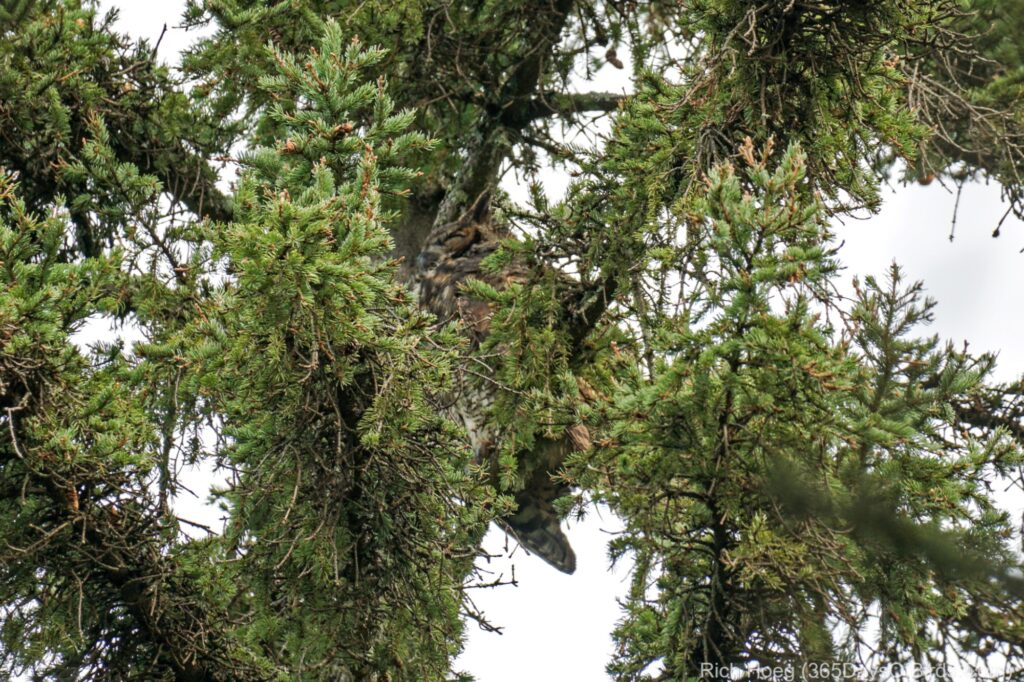
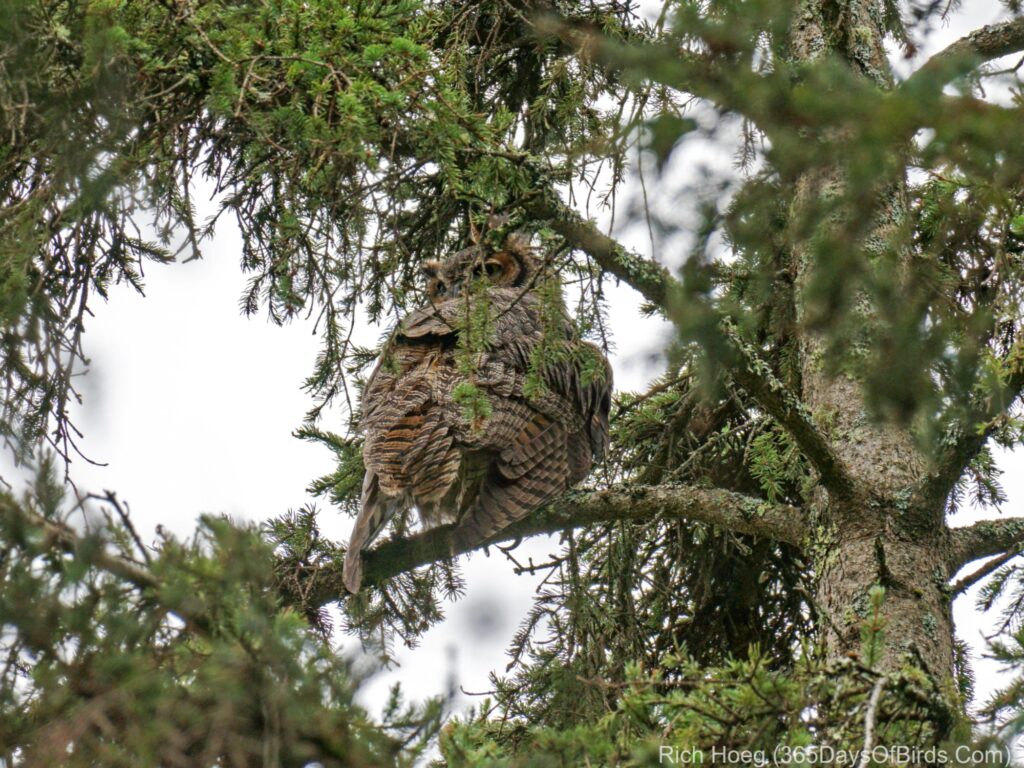
Discover more from 365 Days of Birds
Subscribe to get the latest posts sent to your email.
Barb: Each camera is a bit different, but you will want to use manual focus set to infinity and the widest lens possible for your camera with the lowest aperture setting. Sometimes true infinity is a touch back from the actual infinity setting (assumes your lens / camera has that setting). One way to know you have your camera focused upon infinity is to point the camera at a bright light 200 yards or so distant. You then want adjust the focus such that the light appears to be its smallest size possible. Use a 2 second delay for your shutter release. Set the camera on manual mode … try ISO 1600 to 3200 with 20 to 25 second exposures. You will also need to use a tripod. Good luck!
Richard were going to be up by Zippel Bay Resort Monday night. I may try to see the Milky Way there. Can you tell me what camera settings you use?
I enjoy your posts & pictures❣️ I sad o appreciate your comments as well.
Thank you!
Barb Hoeft